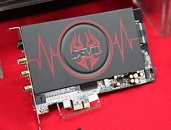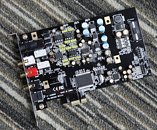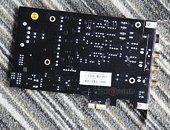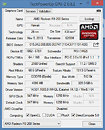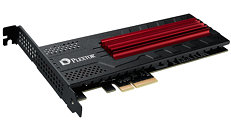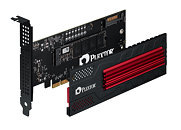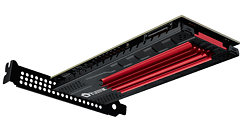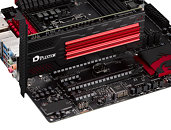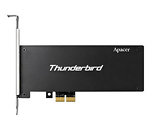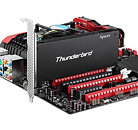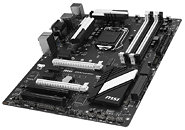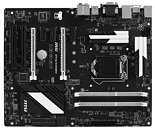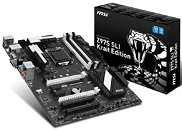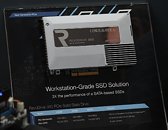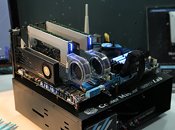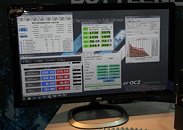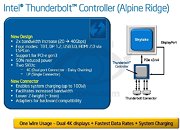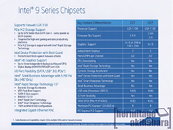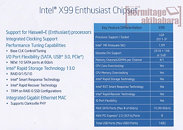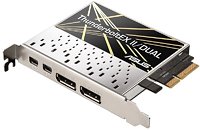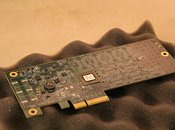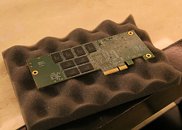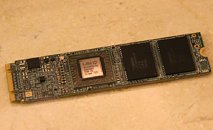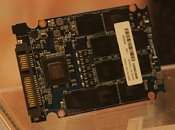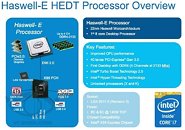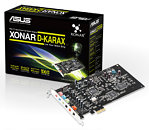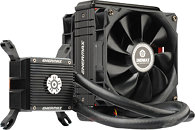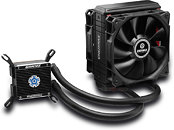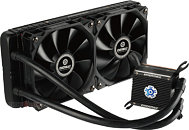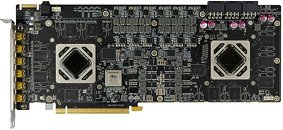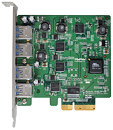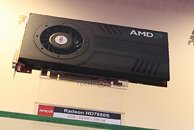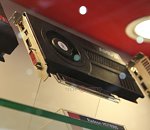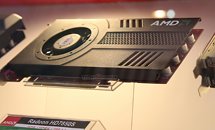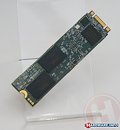
PowerColor Devil HDX Sound Card Detailed
PowerColor rolled out the Devil HDX PCI-Express sound card. Designed with a strong focus on output quality, and targeted at PC enthusiasts with high-end headphones, the card is driven by a C-Media CMI8888 native-PCIe master processor, wired to Wolfson WM8741 primary DAC, with 124 dBA SNR, driving the headphones and front-out channels. Amplifying this, is a TI LM4562 OPAMP, which is swappable.
Nichicon Muse electrolytic, and metalized polypropylene caps man all channels, reducing signal loss. Only the electrical portion features solid-state capacitors. The card draws power from a 4-pin Molex input. The entire audio area is electrically isolated from the PCIe slot power input. The main PCB features a 6.3 mm headphones jack, supporting cans with up to 600Ω impedance, stereo RCA out, and 7.1-channel optical SPDIF (TOSLINK) outputs. A daughterboard gives out additional analog channels and inputs via 3.5 mm jacks. On the software side of things, you get C-Media's Xear3D software customized by PowerColor, with ASIO 2.2 support.
Nichicon Muse electrolytic, and metalized polypropylene caps man all channels, reducing signal loss. Only the electrical portion features solid-state capacitors. The card draws power from a 4-pin Molex input. The entire audio area is electrically isolated from the PCIe slot power input. The main PCB features a 6.3 mm headphones jack, supporting cans with up to 600Ω impedance, stereo RCA out, and 7.1-channel optical SPDIF (TOSLINK) outputs. A daughterboard gives out additional analog channels and inputs via 3.5 mm jacks. On the software side of things, you get C-Media's Xear3D software customized by PowerColor, with ASIO 2.2 support.
